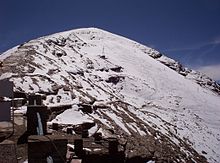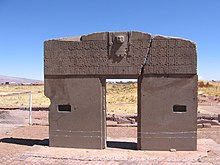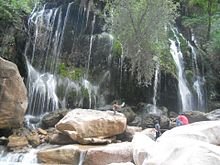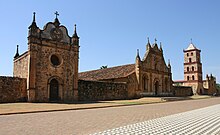This article relies largely or entirely on a single source. Relevant discussion may be found on the talk page. Please help improve this article by introducing citations to additional sources.Find sources: "Tourism in Bolivia" – news · newspapers · books · scholar · JSTOR (October 2015)



Tourism in Bolivia is one of the economic sectors of the country. According to data from the National Institute of Statistics of Bolivia (INE), there were over 1.24 million tourists that visited the country in 2020, making Bolivia the ninth most visited country in South America.[2][3][4] the Bolivia is a country with great tourism potential, with many attractions, due to its diverse culture, geographic regions, rich history and food. In particular, the salt flats at Uyuni are a major attraction.





